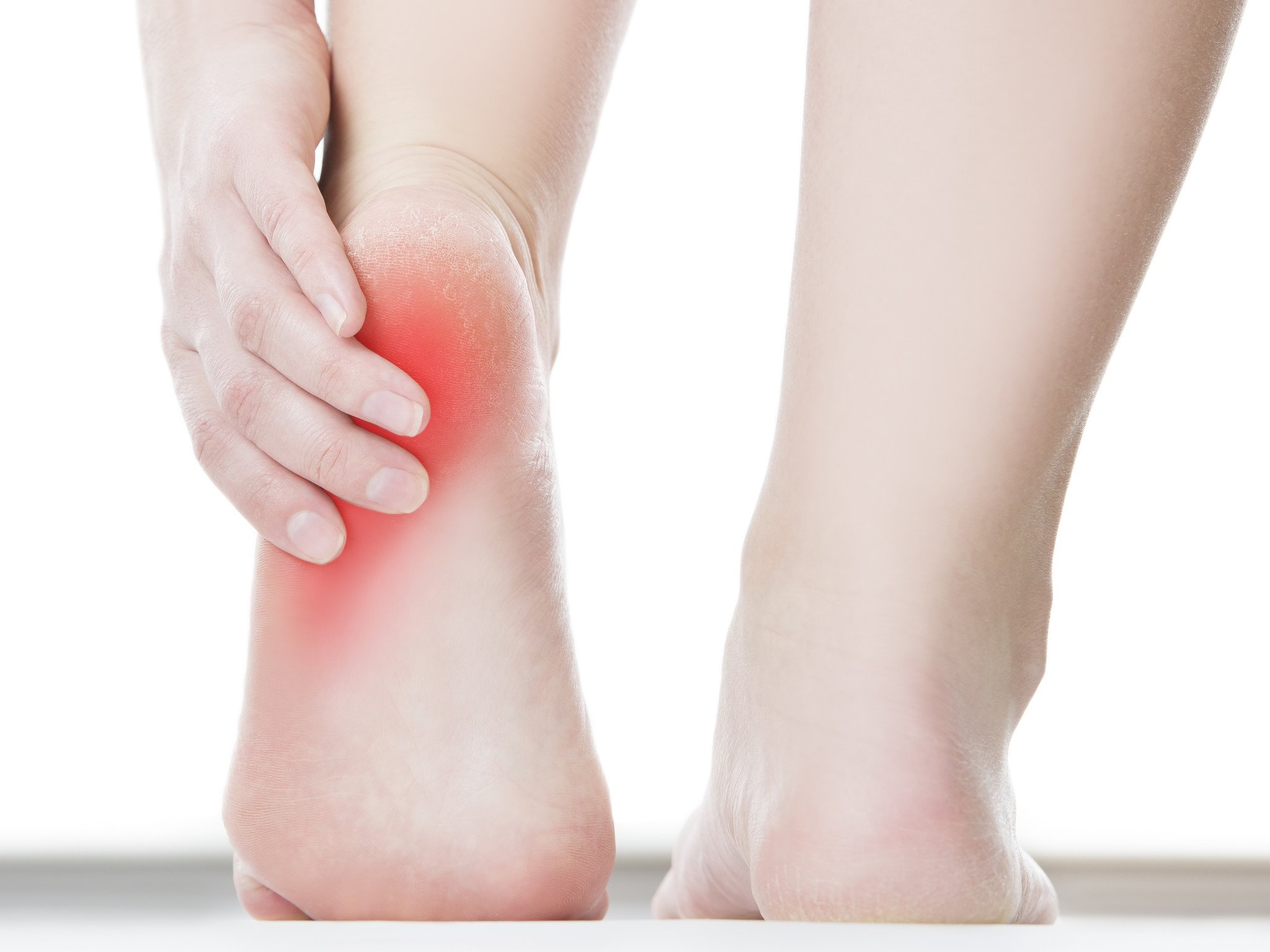Blog with our PT and Podiatrist Matt: Plantar Fasciitis Related Heel Pain
Hello again to the readers of the JS-PT Blog. I felt very honoured to be asked to write another article for you, this time delving into the all too common complaint of plantar fasciitis related heel pain (also referred to as fasciopathy, or fasciosis). In my 6+ years as a practising Podiatrist, I can confidently say that pain under the heel can be a very common issue with a number of possible causes, making it quite handy to have a professional on your side when it comes to treatment. With that in mind, this article, although not exhaustive, will hopefully give you a brief insight into this complex condition and provide some general information regarding treatment. Also, don’t forget to check out our video on the JS-PT Instagram on two quick ways you can directly mobilise the plantar fascia by way of massage and fascia release.
What is plantar fasciitis?
Plantar fasciitis is generally considered to be an overuse condition affecting the strong band of connective tissue (called the plantar fascia) that runs from the front of the heel to the ball of the foot. The role of the plantar fascia is to help to provide support when we’re up on our feet. Normally, the fascia is able to its job without any dramas however in some cases, overstretching and micro-trauma can occur, resulting in pain. This pain is often described by my patients as a sharp pain in the heel after rest (such as getting out of bed or after sitting/lying down), which then gradually dissipates as they “warm up”.
At this point, I think it is important to note that more than one diagnosis is possible for pain around the heel making adequate assessment from a health professional key.
How is it caused?
As plantar fasciitis is an overuse injury, it can theoretically be caused by anything that places excessive strain on the plantar fascia. As a result, common risk factors seen in practise are as follows (this list is not exhaustive):
- Increased BMI (body mass index)
- Poor foot and lower limb mechanics (such as having flat or high-arched feet)
- Wearing unsuitable footwear
- Occupation-related stresses (e.g. excessive periods of sitting or standing)
- Muscle tightness or imbalances
- Pregnancy
In addition, the onset of pain may correlate to a lifestyle change, such as new shoes or the alteration of a training program and exercise levels.
Can this affect the rest of my body?
You bet it can! As a lot of you would know, foot pain is incredibly frustrating as it affects us with every step. Our body, being the intuitive machine that it is, will try and avoid this pain by way of limping or altering its posture to reduce load from a particular structure (you may see where I’m going with this).
Prolonged foot pain can lead to compensatory action from other areas, changing your lower limb mechanics and possibly causing secondary pain in your ankles, shins, knees, hips, or lower back. It can also work the other way around. The cause of your heel pain can sometimes be due to something occurring higher up such as core and/or glute weakness, or misalignment of the lower leg – it’s a two-way street!
What about treatment?
There are a number of different treatment strategies available for plantar fasciitis. For example, some of the conservative treatment techniques available include:
- Rest and icing to manage symptoms
- Specially prescribed stretches
- Mobilisation and massage from a suitably qualified health professional
- At home self-treatments
- Strengthening exercises
- Certain strapping/taping techniques
This list is not exhaustive and some of the techniques above may be more suitable than others depending on the underlying cause. As a result, I would really like to emphasise that plantar fasciitis and heel pain can be complex in nature, with a variety of factors involved in its onset. This is why making an appointment with a Podiatrist is highly recommended as a more in-depth biomechanical assessment can be performed. This not only ensures that the correct diagnosis is made, but a suitable individualised treatment plan may be devised. Moreover, some people require additional support through an orthotic device to help improve function of the foot and lower leg.
For your health and wellbeing:
Remember, a person’s health and circumstances are unique. This information is general in nature and is not intended to replace individual professional advice or the opinion of your medical practitioner. Always seek the advice of a qualified health professional before making any decisions about your health.
Reference:
Brukner, P., & Khan, K. (2012). Clinical Sports Medicine (4th ed.). McGraw-Hill Professional Publishing.
Special thanks to Matt McKean and InStep Podiatry for the special guest blog. For specialist podiatry appointments, find them here.
For more information on training with the team at JS-PT, email us at info@js-pt.com.au.

